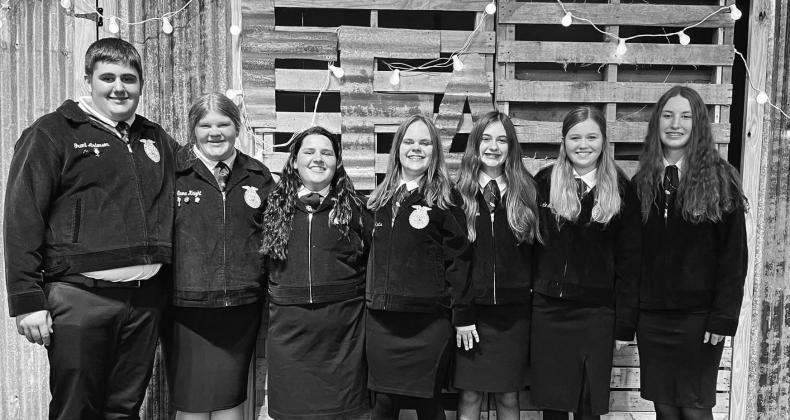Q. Why is the Fanick’s Phlox selection valued so highly?
A. Phlox are hard to grow in Central and South Texas because they are not very hardy in response to the heat, erratic moisture levels and poor soils. Fanick’s Phlox survives well to produce a long bloom period for its pink and white blooms with their high-quality lilac like fragrance.
Q. What insecticide works best to control stink bugs on tomatoes?
A. I have good success with malathion. Follow the label instructions.
Q. We like the looks of sycamore trees. Which of the varieties do you recommend?
A. In this area plant the Mexican Sycamore rather than the American Sycamore. The Mexican Sycamore is more resistant to fungal diseases so you can expect it to live a longer life. Both species grow very fast and are drought tolerant. Recognize the Mexican Sycamore from the American Sycamore by the presence of hairlike growth on the back of the leaf surface.
Q. My neighbor has an attractive evergreen tree growing in his front yard that is loaded with yellow berries. The birds are feeding on the berries with the result that the foliage is in constant motion. The birds eating the berries include mockingbirds, doves, cardinals and blue jays. Do you know what the tree may be?
A. It must be an anaqua. They are a slow growing native evergreen species that make a good shade tree in addition to their obvious support for wildlife.




